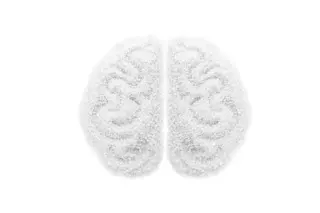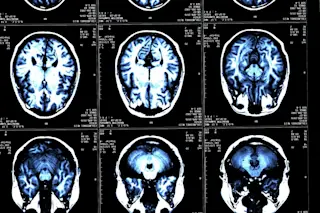After a long day’s work, sometimes you can’t help but drool over that hot, tempting meal sitting in front of you. Well, it turns out that your liver can’t either.
A new study published in Cell Reports on November 15 suggests that simply seeing and smelling food preps your body for delicious digestion. The research shows that the specific neurons activated in freshly-fed mice were also activated in mice exposed to just the sight and aroma of food. These inaccessible treats caused their livers to prepare for nutrient and calorie intake, even though nothing had been consumed. This newfound response could help researchers understand how our bodies react to the sensory perception of food, and give insight into insulin resistance in humans.
It’s widely known that our bodies trigger different neurons based on our hunger levels. After prolonged periods of fasting, our brains increase production of agouti-related protein (AgRP) neurons, ...













